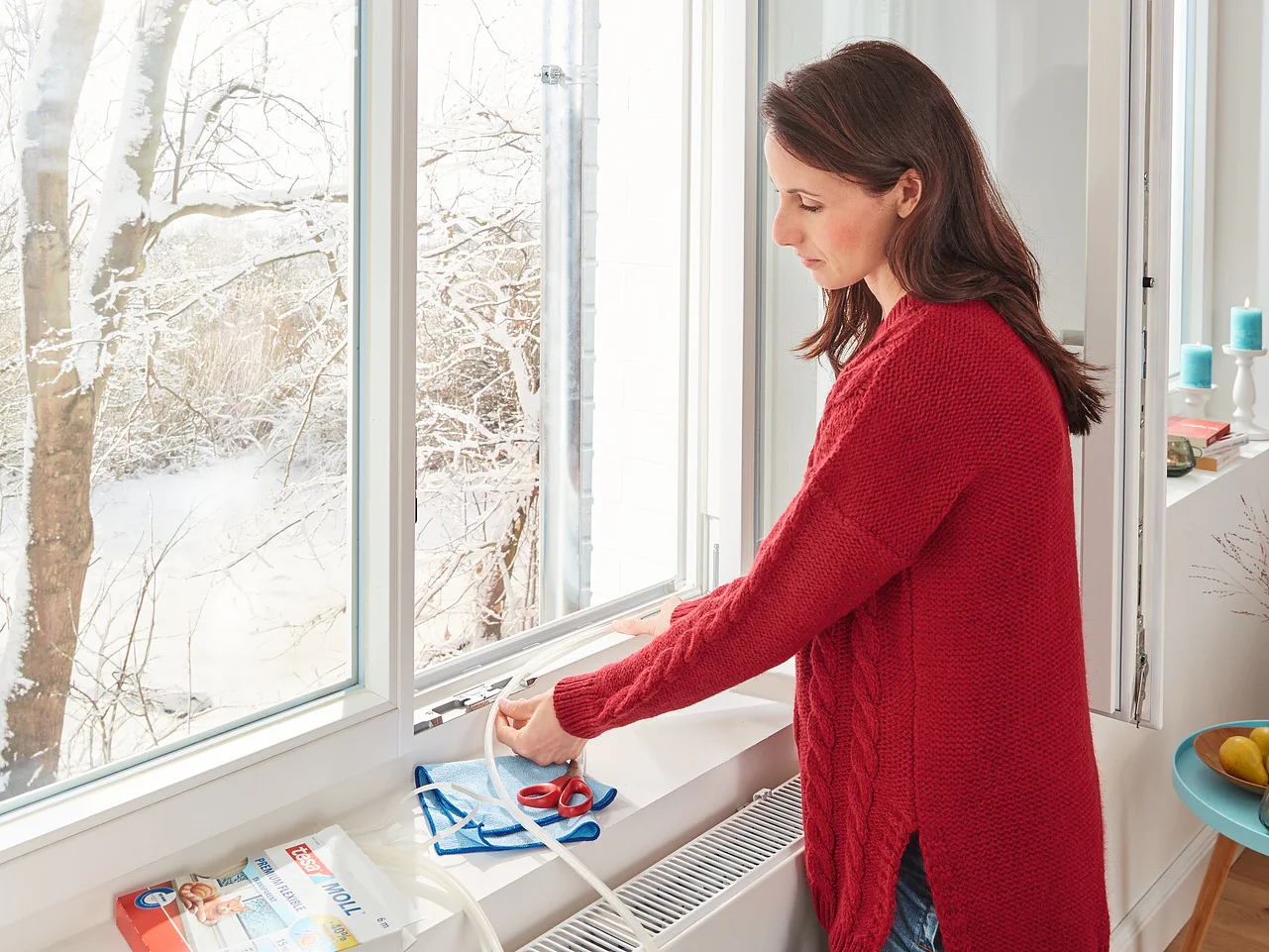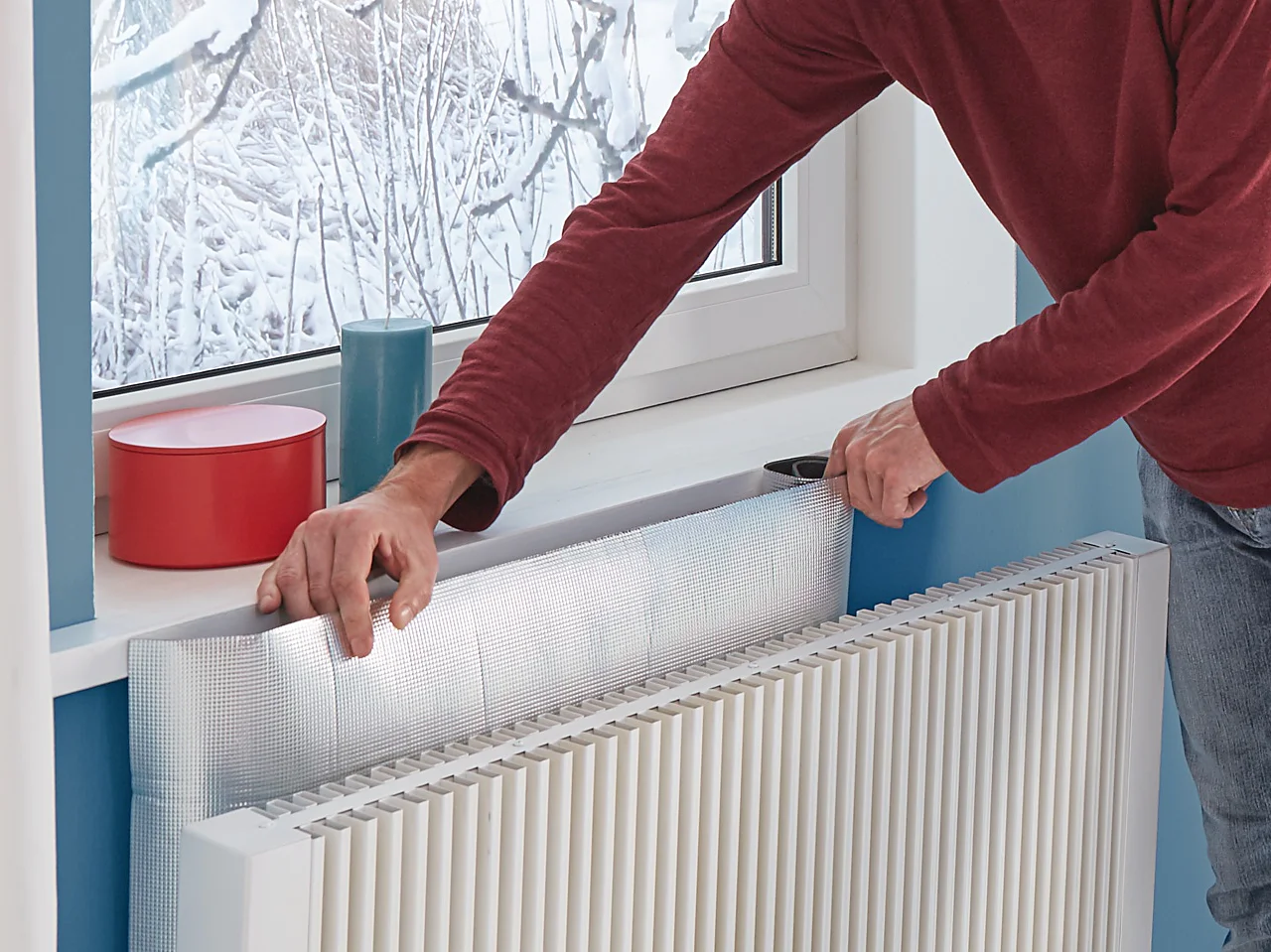Drafty windows and doors are one of the biggest energy wasters in your home. Therefore, it is especially important to ensure sealed and insulated windows during the cold season. With our window energy-saving calculator, you can quickly and easily calculate how much energy you can save. Depending on the window and gap size, you can save up to 40% on energy costs. So, it is worth paying closer attention to window sealing and door insulation.
Avoid Expensive Window Replacement with Window Seals
A complete window replacement is, of course, even more effective. However, such an intervention is very expensive and takes a long time. Especially during the cold season, having a construction site in your home is critical. With the solutions from tesamoll®, you can independently and easily seal and insulate your windows and doors. No craftsmanship skills are required. The sealing strips can be mounted on the window frame in just a few steps. Thanks to tesa adhesive technology, the seals hold firmly and reliably on your window - for many years. The tesamoll® Premium Flexible has a lifespan of up to 15 years. So, you can sit back and enjoy your warm home.
The Most Effective Methods for Saving Energy Costs
We offer a wide range of products for sealing and insulating your windows and doors. From door seals and draft stoppers to rubber seals as well as silicone and foam seals. This way, you will always find the most effective product for your home.
Seal Windows: With the flexible and transparent silicone seal, almost any window can be easily sealed and insulated. The "one size fits all" solution is particularly uncomplicated and offers energy-saving potential of up to 40%. Seal Doors: Our door seal is the effective and reliable solution against drafts. Especially with uneven floors, it is difficult to stop drafts. With our door sealing strip, you can quickly and easily seal your doors and reduce your energy costs. Window Energy-Saving Calculator - Calculate Savings Potential in 2 Minutes
With our window energy-saving calculator, you can identify your individual savings potential. You enter the gap width and gap length. The system then calculates your personal savings potential based on many different factors. The current average kW/h price for new customers, the inflation rate, and product lifespan are taken into account.



